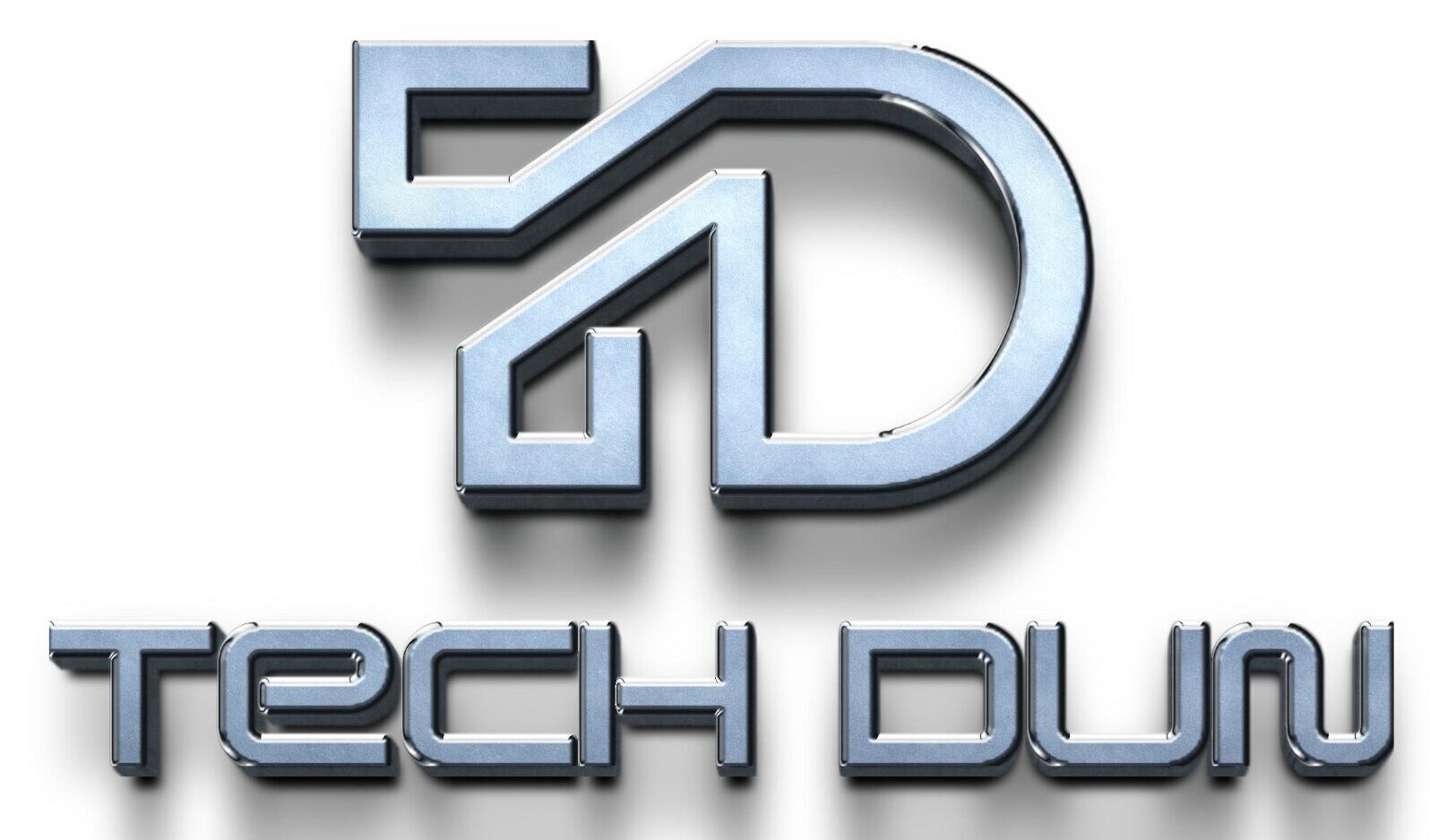How To Deal with Google’s Updates During SEO Campaigns?
Following Google’s update, expect fluctuations in rankings and traffic. Even well-performing content might see a dip, while lower-quality content could inexplicably rise in the search engine results page (SERP). Though unsettling, these fluctuations are a normal part of Google’s update process and are typically temporary. It’s crucial to recognise that a drop in rankings post-update doesn’t necessarily signify poor content quality. The reasons behind content suffering from such changes could vary significantly due to the limited insights available into each update. During these unexpected shifts, it’s advisable to maintain vigilance over your content but refrain from immediate alterations.
In London’s SEO landscape, firms like SEO service understand the intricacies of these fluctuations post-update. Their expertise lies in discerning the nuances of these changes, allowing them to guide businesses through such uncertain times. Collaborating with SEO service London entails a patient approach, observing the impact of updates and strategising for sustained SEO success amidst these transient fluctuations.
Effectively managing Google’s updates within SEO campaigns stands as a pivotal yet demanding task in the quest to uphold and elevate your website’s ranking. With Google persistently fine-tuning its algorithms, the ability to pivot and react to these alterations emerges as a critical component for the triumph of any SEO strategy. In this discussion, we’ll delve into pragmatic approaches to navigate Google’s updates, safeguarding the durability and adaptability of your SEO campaigns.
Don’t Panic:
Avoid making rushed decisions or panic-induced changes in response to Google updates. Decisions made in a panicked state often lead to poor outcomes, and this applies to handling updates too. Implementing significant alterations to your content should only happen when you have a clear understanding of the improvements needed. Typically, immediately after an update, gaining comprehensive insights into the specific content or signals Google favours might be limited.
Therefore, maintaining the status quo with your content is advisable to prevent potential long-term damage to your site’s performance. Rushing into modifications without a clear understanding of the update’s impact could exacerbate issues rather than improve them.
Stay Informed:
Remaining updated involves monitoring respected SEO newsletters like Search Engine Journal and Search Engine Land, along with following influential voices on platforms like LinkedIn. Esteemed thought leaders and corporate heads often share preliminary insights, offering valuable early findings during updates. However, it’s crucial to approach these findings with caution. While they provide initial indications, rushing to make changes based on early reports isn’t advisable. Instead, take time to evaluate the full impact of the update on your specific situation before implementing any modifications.
Remember, staying well-informed doesn’t mean reacting hastily. Give yourself a few days to comprehend the update’s implications thoroughly. Rushing into decisions based on initial information might lead to unnecessary actions or alterations that could potentially harm your SEO strategy. Maintaining a balanced perspective and assessing the situation patiently before making decisions is key to effectively adapting to Google’s updates.

Follow Google’s Best Practices:
Adhere to Google’s SEO guidelines, emphasising the E-A-T principle: Experience, Authority, and Trustworthiness, which are crucial benchmarks for content creation. This acronym signifies the key elements Google values in content to ensure a high-quality search experience. Crafting content that encompasses these factors significantly contributes to delivering a superior search experience for your audience.
Prioritise creating content that embodies expertise, demonstrates authority in the field, and establishes trust with your audience. Integrating these aspects into your content not only aligns with Google’s standards but also cultivates a more engaging and valuable experience for your users. While tools like ChatGPT assist, creating content that fulfils the E-A-T criteria remains pivotal in enhancing your website’s visibility and credibility in search results.
Content Relevance And Quality:
Google’s algorithms increasingly emphasise the importance of content quality and relevance. Updates such as Google’s Panda algorithm specifically target the promotion of superior content quality while penalising subpar or duplicated content. This shift underscores the significance of generating content that deeply engages your audience, delivering substantial value and comprehensive answers to their queries.
Regular content assessments are crucial to adapt effectively. Assess the substance, accuracy, and distinctiveness of your content. Are you effectively addressing user needs and queries? Consistently maintaining high-quality, pertinent content not only meets user expectations but also aligns with Google’s evolving algorithmic preferences, ensuring sustained visibility and credibility within search engine rankings.
Successfully managing Google’s updates in SEO campaigns necessitates a proactive approach, a focus on quality and relevance, diversification of strategies, and continual monitoring. By staying informed, adapting swiftly, and prioritising user-centric practices, businesses can navigate through updates while maintaining a robust online presence and achieving sustainable SEO success.
Monitor And Analyse Performance:
Regularly observing and assessing your website’s performance following updates is paramount. Employ tools such as Google Analytics, Search Console, and various SEO software to track shifts in website traffic, keyword standings, and user interactions. Scrutinise these metrics meticulously to pinpoint any adverse effects resulting from updates. This proactive approach enables prompt identification of potential issues, empowering you to take swift corrective measures.
By consistently monitoring these performance indicators, you gain valuable insights into the impact of updates on your website’s visibility and user engagement. This ongoing analysis forms the foundation for informed decision-making, ensuring your SEO strategy remains agile and adaptable in response to Google’s evolving algorithms.






